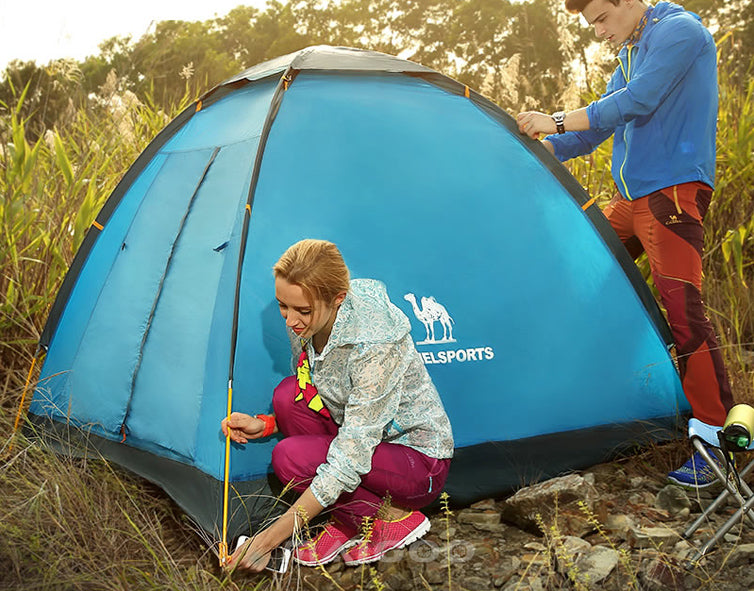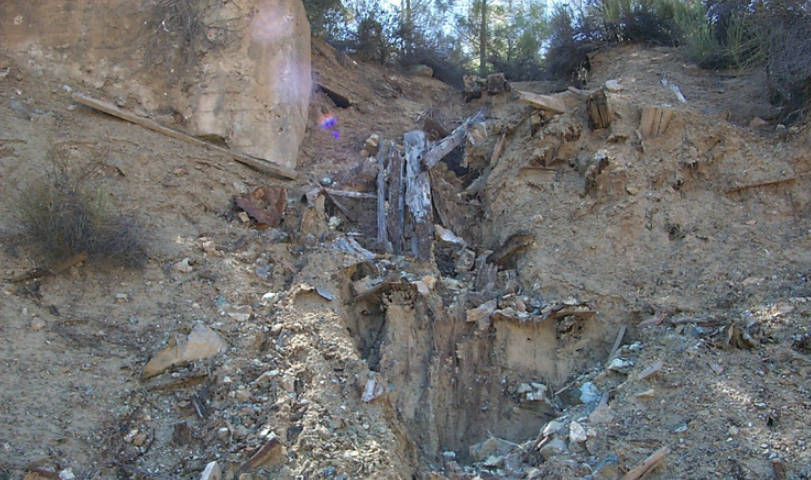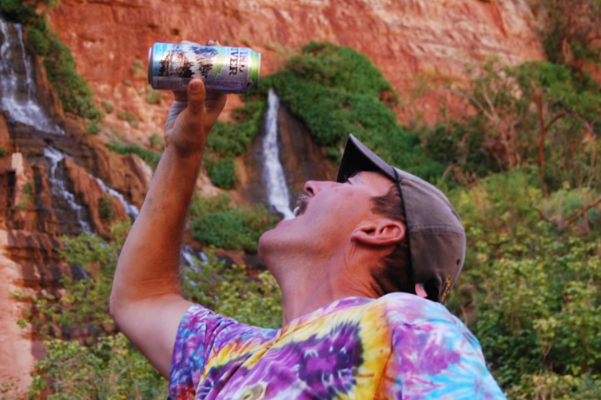Professional hikers will always do their homework before departure, check the hiking equipment list over and over again to meet the needs of the journey, and fully consider the various situations that may occur on the route, and prepare the materials. So, which hiking equipment must be brought?
1. Best travel backpack
Whether hiking or not, backpacks are the most important of all equipment. A good backpack can keep the back strong and reduce the load on the shoulders, otherwise we will not be able to experience the fun of hiking, and we may give up after walking a few steps.
Shopping points:
① Determine the budget and choose the capacity according to your actual hiking route.
②Choose a comfortable carrying system after determining the capacity.
③Check whether the fabric quality and detailed design of the backpack are in place.
2. Hiking shoes
There are many types of hiking shoes with different functions. Choosing a pair of hiking shoes that suits us correctly even if the budget is overrun. After all, it will make you feel comfortable.
Shopping points:
①Hiking shoes need to meet our route requirements, whether they pass through rivers, snow-capped mountains, whether they are waterproof, non-slip, etc.
②The foot shape is appropriate. The feet are wide or slender, but the size is the same, they are not suitable for wearing possibly, so try on in a physical store.
3. Tent
Hiking basically spends the night in the wild. Having a tent at night can not only prevent sudden heavy rain, but also give yourself a safe rest space, sleep comfortably, and then you will have the energy to continue the journey the next day. It's important to have a tent in your large travel backpack.
Shopping points:
① Consider the number of people, seasonality and shape, while taking into account the weight of the tent.
②The difficulty of setting up a tent is also an aspect that needs attention. Usually the fewer struts, the easier it is to build.
③ Protective effect. Whether the tent is waterproof, windproof, and breathable to avoid uncomfortable living.

Itinerary safety is the most important, four common trekking hazards need to be noted:
1. Encountered falling rocks during hiking
Hiking usually passes through canyons, mountains and forests, and falling rocks are the most terrifying enemy. Due to frequent rains, it is easy to wash out rocks that are not hard enough, and this situation can also occur on cliffs with severe soil erosion.
Responses:
① If there is a canyon in the route, try to avoid traveling during the rainy season;
②If you cannot pass through the canyon due to falling rocks, wait in a safe area first;
③Wear a helmet to prevent sneak attacks by small rocks.

2. Dehydration during hiking
Signs of danger: Hiking is usually carried out under the scorching sun, and long distances will cause severe water shortages. Especially people who are not used to drinking much water are more likely to become dehydrated quickly in this situation, getting sick and unable to move on. Sometimes the amount of water we carry is not much, and there is no water source or the water source is seriously polluted, which will cause insufficient body water.
Responses:
① Prepare a small water purifier, rain water, spring water, etc. can be drinkable after being filtered by the water purifier;
② Make sure that there is always a bottle of water in the backpack, and use it until the critical moment.

3. Loss of temperature during hiking
Danger signal: hypothermia refers to the rapid drop in body surface temperature. This kind of situation rarely occurs, but in fact, as long as it is exposed to rain for a long time, suddenly encounters heavy snow, or clothes, shoes and socks are soaked, it is easy to lose temperature, and severe cases may lead to death.
Responses:
①Keep the whole body dry as much as possible, or adopt water vapor isolation protection for some body parts;
② Eat an energy bar or chocolate when you lose your temperature to add calories to your body.
4. Get lost when traveling on foot
Rescue is difficult and the safety factor is extremely low. These are big problems when you get lost. I believe that everyone is more willing to seek excitement. Mountains and valleys are the favorite for hiking, so it is easier to get lost. Before walking, you have to do a good job of navigation and learn to recognize professional marching directions.
What do you need for hiking? Of course, the navigation tool is indispensable. Several common navigation tools include handheld GPS, outdoor watches, mobile phone maps and compasses, each with its own advantages and disadvantages. In hiking, handheld GPS and outdoor watches in your carry on backpack are more common.
But in fact, neither of them is the best choice. Handheld GPS is prone to deviations and consumes a lot of power. There are also deviations in the irregular calibration of outdoor watches. If the signal is poor, the mobile phone map cannot be located. If you encounter low temperatures, none of these tools can be used. In general, our most reliable navigation friend is actually a compass, which does not consume power, is small and easy to carry, and is simple to use.

